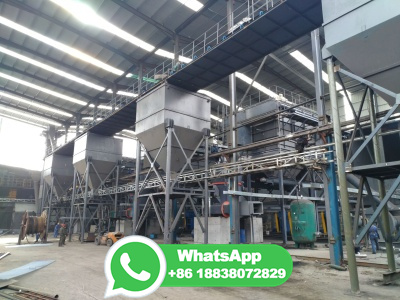125 years of the HallHéroult Process—What Made It a Success?
WEBMay 11, 2014 · Despite years of research to develop an alternative way to produce aluminum, the process is still used today. Many improvements have been made over the years, but the principles remain the same. The aluminum industry has grown from a few kilograms per year in the days of Napoleon III until today approaching 40 million tons per .


































